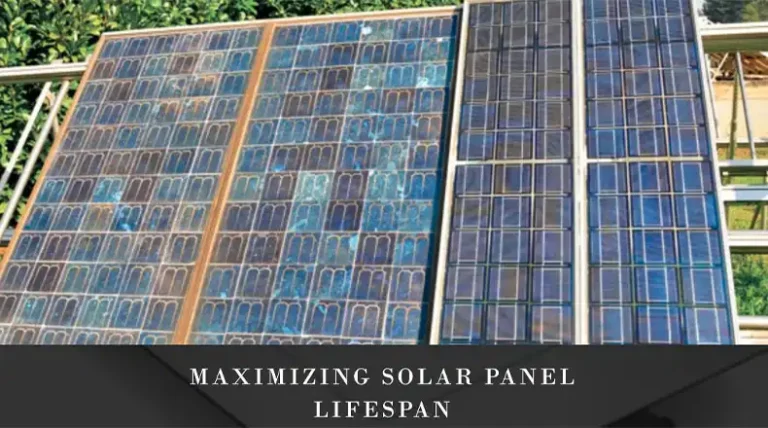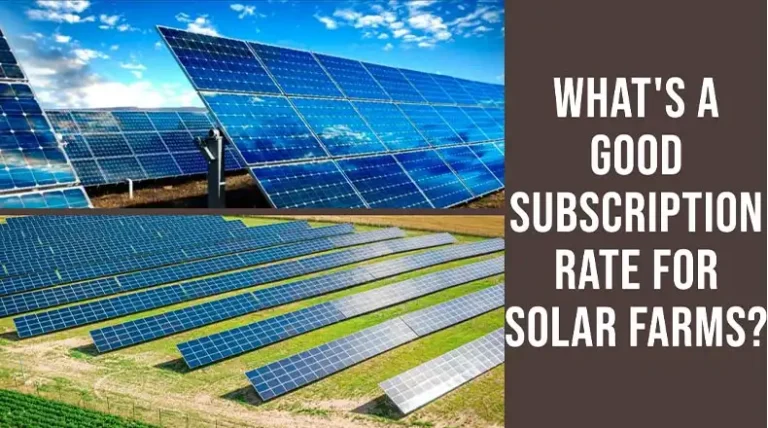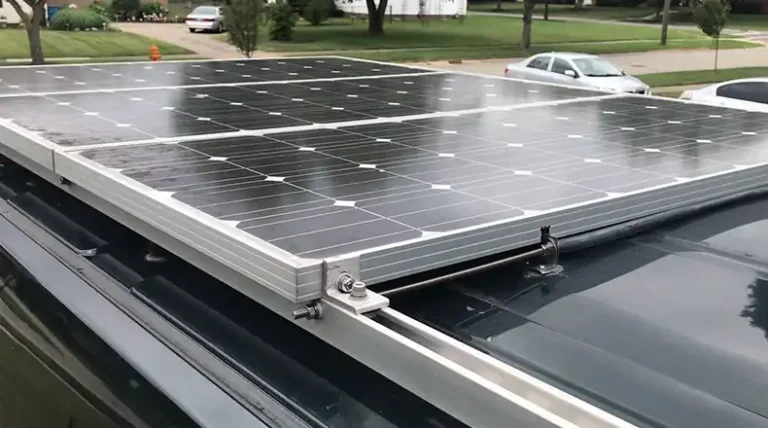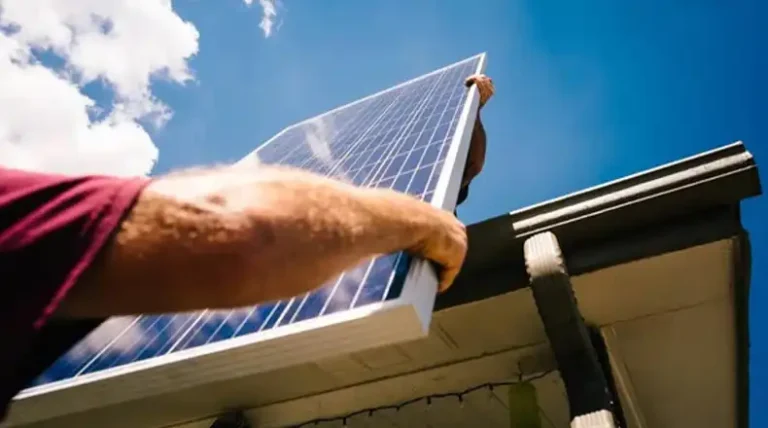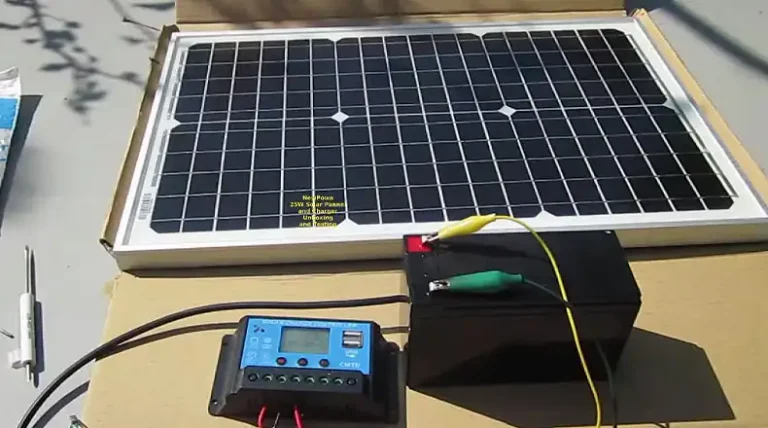Monocrystalline vs Polycrystalline Solar Panels | What Apart Them
Installing solar panels in your home can be a confusing endeavor, especially when it comes to choosing between monocrystalline and polycrystalline technologies. Both have advantages and disadvantages that impact efficiency, heat tolerance, space requirements, aesthetics, and Lifetime value. Ultimately, the decision comes down to assessing your budget, climate, space availability, and long-term energy goals.
The good news is that both monocrystalline and polycrystalline panels are viable options for residential solar energy generation. The key differences are efficiency (mono is more efficient), heat tolerance (poly handles heat better), aesthetics (mono looks more attractive), pricing (poly is cheaper upfront), degradation rates (poly degrades slightly slower over time), and lifetime value (mono produces more total energy over its lifespan).
Read on as I’m gonna unpack the nuances in performance, appearance, durability, and more. Arm yourself with the facts before consulting with solar providers to select the best system for your household. Investing in solar is investing in self-sufficiency, sustainability, and lower energy costs for decades to come.
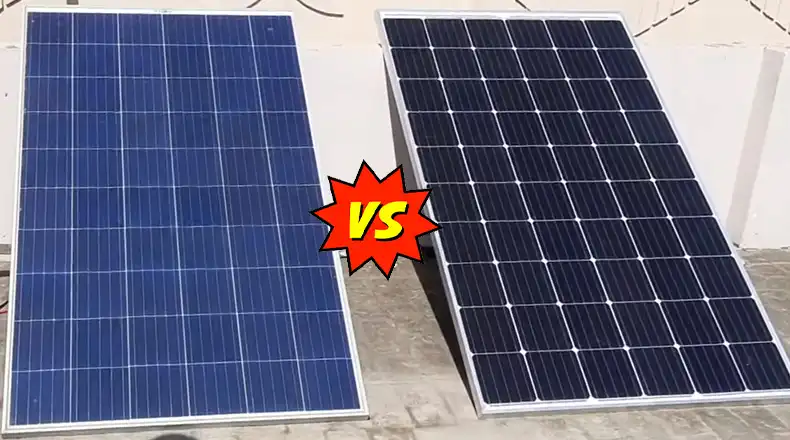
What are Monocrystalline and Polycrystalline Solar Panels?
Before comparing monocrystalline and polycrystalline technologies, it helps to understand what they are and how they work. First and foremost, both monocrystalline and polycrystalline panels generate electricity from photovoltaic cells made of silicon. When sunlight hits these cells, electrons are knocked loose from their atoms, allowing electricity to flow.
The key difference lies in the atomic structure of the silicon used.
Monocrystalline Solar Cells
Monocrystalline panels are made from single crystalline silicon, the purest and most efficient form of silicon. The manufacturing process grows a homogeneous block of silicon carefully drawn into ingots. The single-crystal silicone acts as one continuous plane, allowing electrons to flow freely across the cell. Consequently, monocrystalline panels have the highest efficiency rates, currently peaking around 23.5%. Higher efficiencies enable more electricity generation capability per square inch of panel.
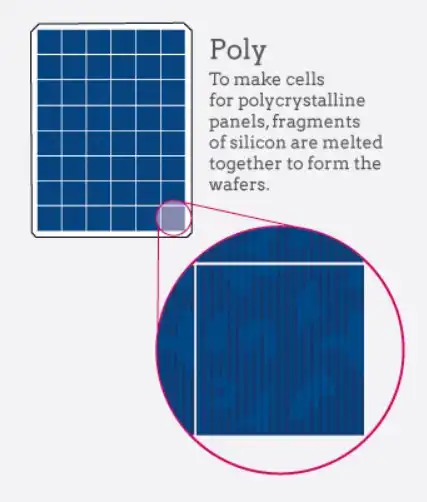
Polycrystalline Solar Cells
In contrast, polycrystalline panels begin with liquid silicon cooled and set into ingots full of crystalline fragments instead of one continuous structure. The silicon atoms bond in a more chaotic way, with tiny gaps and barriers between the crystal formations. As electrons flow across these crystals, they encounter more resistance and lose some energy. This inefficiency means polycrystalline solar panels tend to have efficiency rates of around 17%, about 25% less than the monocrystalline maximum.
Now that you understand the core solar panel compositions, let’s see how these differences impact real-world performance, pricing, appearance, and Longevity.
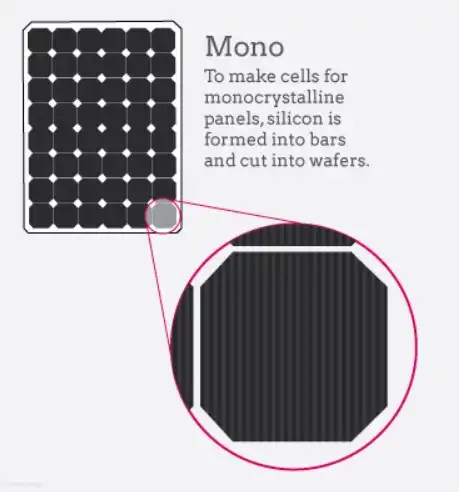
Monocrystalline vs Polycrystalline Solar Panels
With crystal structures explained, we can now directly compare monocrystalline and polycrystalline technologies across the metrics that matter most:
Efficiency
As described above, monocrystalline solar cells can achieve exceptional efficiency rates of over 23% by utilizing pure silicon.
Polycrystalline hovers around 17%, up to 25% less than its mono counterpart. What does this mean in practice? You can get substantially more clean power generation from a similarly sized array of monocrystalline panels.
Alternatively, you may be able to install fewer monocrystalline panels while still meeting 100% of your home’s electricity demand. If roof space is limited, monocrystalline can be an ideal solution for greener energy.
Heat Tolerance
Both monocrystalline and polycrystalline panels lose efficiency as temperatures rise, but polycrystalline handles heat better.
Polycrystalline only loses about 15% efficiency on hot summer days. Monocrystalline loses close to 30% peak efficiency in extremely high temperatures over 77°F.
If you live in a hot climate, polycrystalline retains higher electrical output as the mercury climbs.
Longevity and Durability
Monocrystalline solar cells degrade slightly faster than polycrystalline over the decades. However, power output only decreases by about 0.5% per year. After 25+ years, both technologies still produce very usable amounts of solar electricity.
Polycrystalline warranties tend to cover shorter periods (10-12 years) versus monocrystalline (15-25 years). However, you can expect either system to last 30+ years.
High winds, hailstorms, fallen tree limbs, and other impacts can crack panels. Monocrystalline cells with single uniform crystals tend to be more fragile than the patchwork of crystals in poly.
That said, solar panel glass these days is extremely impact-resistant. Both types stand up well to nasty weather.
Aesthetics and Space Requirements
If panel appearance matters to you, monocrystalline wins for aesthetics hands down. The cells give off a sleek, uniform black hue.
Polycrystalline panels look speckled blue-gray, less attractive looking. Minor cosmetic flaws also show up more clearly.
Additionally, the high efficiency packed into monocrystalline means you can install more generation capacity in a smaller roof footprint. If you have limited suitable space for solar panels, mono helps maximize energy production.
Cost and Pricing
The more complex manufacturing process makes monocrystalline panels marginally more expensive. However, with efficiency rates over 20% higher, you get more bang for your buck.
Continued innovations drive down pricing for both panel types each year. Government tax breaks, rebates, and incentives can also help offset any upfront cost differences.
Focus more on the total long-term value proposition. High-efficiency monocrystalline panels pay off over their 30+ lifetime even at slightly higher initial pricing.
Panel Lifetime Value
Adding up efficiency advantages, degradation rates, and lifespan estimates, monocrystalline panels produce significantly more total lifetime kilowatt hours per panel. Even if polycrystalline costs a few hundred dollars less upfront, weigh that against the decades of extra usable energy capable from monocrystalline panels. Consider lifetime value, not just initial sticker pricing.
Here is the difference table comparing monocrystalline and polycrystalline solar panels:
| Feature | Monocrystalline | Polycrystalline |
| Efficiency | Arounf 23%+ | Around 17% |
| Heat Tolerance | Loses around 30% efficiency at high temps | Loses around 15% efficiency at high temps |
| Aesthetics | Uniform black color | Speckled blue-gray color |
| Space Requirements | High efficiency allows a smaller roof footprint | Larger roof space is needed for the same output |
| Cost | Marginally higher ($$) | Lower upfront costs ($) |
| Degradation Rate | 0.5% per year | Slightly slower degradation |
| Lifetime | 25+ years | 25+ years |
| Lifetime Value | Produces significantly more total KWh over the lifespan | Lower total lifetime energy output |
Monocrystalline vs Polycrystalline: Which is Better for Residential Solar?
Monocrystalline solar panels edge out polycrystalline in performance across the board. However, poly remains a solid green energy contender, excelling in particular geographies and home installations.
When to Choose Monocrystalline Panels
Monocrystalline proves the superior choice in many residential scenarios:
- You have limited roof space – Monocrystalline efficiency lets you pack more power generation into a tight area.
- Hot climate – Copper Indium Gallium Diselenide (CIGS) monocrystalline panels retain excellent heat tolerance rivaling polycrystalline.
- Aesthetics matter – Uniform monocrystalline gives off an attractive, high-tech look.
- Optimizing long-term value – Pound for pound over their lifespan, monocrystalline panels produce significantly more energy.
- Typical residential scenario – With good roof space available, monocrystalline provides an ideal blend of high efficiency and aesthetically pleasing black panels.
When to Choose Polycrystalline Panels
There remain solid use cases favoring polycrystalline:
- Extreme heat – If you live in an extremely hot desert climate, poly edges out in heat tolerance.
- Tight budget – If upfront costs are prohibitive, Poly provides an affordable entry point to solar.
- Prioritizing backup power – If your main goal is resiliency during grid outages, poly is a cost-effective redundancy solution.
- Less extreme weather – Polycrystalline warranties cover shorter timeframes, but still last 30+ years in milder climates.
- Typical flat roof scenario – With ample space and lower visibility, Poly offers cheap solar potential on flat warehouse and commercial roofs.
Again, both technologies work very well. The performance gaps between mono and poly continue to shrink with rapid innovations. Solar providers can help match the right equipment to your residential needs and regional weather patterns.
Bonus Tip: The Future of Solar Panel Technology
While your current options are largely monocrystalline vs polycrystalline when going solar, new advances promise to shake up the industry.
Perovskite Solar Cells
An emerging “next big thing” in solar, perovskite panels are still in the R&D and pilot stages. But with incredible efficiency potential exceeding 30% and low production costs, perovskite promises to far surpass mono and poly options down the road.
Organic Photovoltaics (OPV)
OPV solar taps into organic electronics and thin flexible plastics. Companies are developing OPVs as transparent coverings over windows or building exteriors. More durable and far cheaper to manufacture than existing panels, OPVs could enable solar glass capable of producing solar energy from skyscrapers.
In summary, while monocrystalline and polycrystalline battle it out today, even more promising and transformative solar technologies sit over the horizon.
Conclusion
When weighing monocrystalline vs polycrystalline solar panels, monocrystalline wins out for higher efficiency ratings surpassing 23%, sleeker uniform aesthetics, and greater full lifecycle value. However, polycrystalline remains a solid low-cost solar option perfectly sufficient for many homes, especially given ample roof real estate. Both mono and poly deserve consideration for your residential solar plans. Renewable energy helps insulate households from utility rate hikes over the decades while reducing environmental impacts. Investing in solar panels ranks among the wisest and most empowering decisions a homeowner can make. Let’s collectively speed the transition toward cleaner renewable energy, one rooftop at a time. Thanks for reading!
Which Solar Panel Type Is Best For The Average Homeowner?
For the typical homeowner with adequate roof space, monocrystalline panels tend to provide the best blend of high efficiency, aesthetics, and long-term production value. However, polycrystalline remains a solid affordable option if the budget is limited or heat tolerance is a priority.
How Long Do Solar Panels Last?
Both monocrystalline and polycrystalline solar panels typically last over 30 years. Proper maintenance goes a long way towards extending operational lifetime. Panels may lose some efficiency over decades but still provide substantial clean energy.
What Are The Most Efficient Solar Panels On The Market?
Currently, the most efficient solar panels on the market are monocrystalline models from SunPower, LG, and Panasonic, reaching efficiency ratings as high as 23.5%. However, for most homes more affordable panels in the 19-21% range work extremely well.
Are There Viable Solar Panel Options Besides Mono And Polycrystalline?
Emerging alternatives show great promise down the road, like perovskite solar cells and organic photovoltaics (OPV). But for those going solar today, monocrystalline and polycrystalline panels remain the mature and dominant technologies from which to choose.


